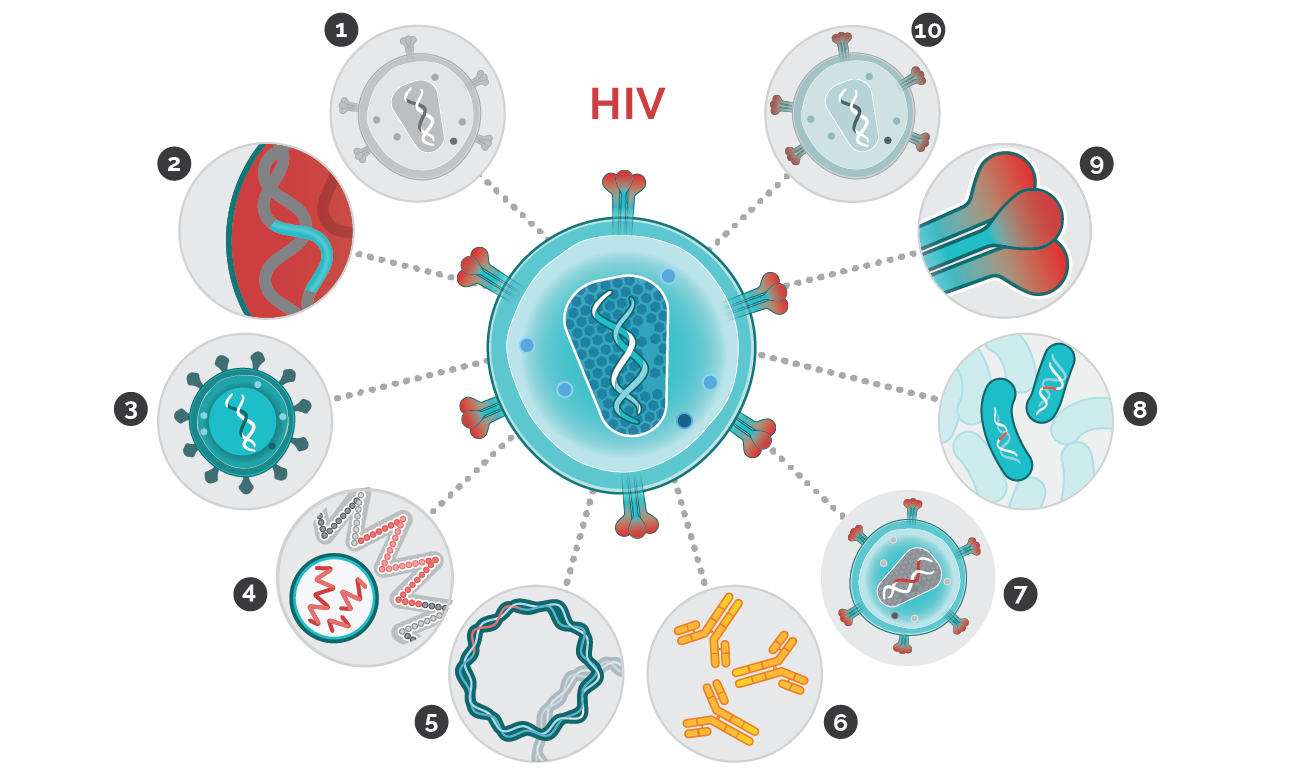Shandong Zhanhua Yonghao
News
Add: GENGJU VILLAGE NORTH ONE KILOMETER,,ZHANHUA DISTRICT,BINZHOU CITY,SHANDONG PROVINCE,CHINA.
+86-543-7596322
Types of Vaccines
There are many types of vaccines, but all generally work by teaching the immune system to recognize and fight back against a disease-causing microorganism. Some vaccines are designed to help the immune system prevent an infection and are called preventive vaccines. Others are therapeutic vaccines, designed to help people who already have a disease to clear the infection. Currently, there are no effective HIV vaccines of either kind.
Studies at the HVTN focus on preventive vaccines. Vaccines used in HVTN studies are made in the lab. Because we do not use the actual virus, you cannot get HIV from being in one of our studies.
Vaccine Designs: 1) Whole-inactivated / inactivated HIV; 2) synthetic peptide / laboratory-made piece of protein; 3) recombinant viral vector / another virus carries pieces of HIV; 4) mRNA / mRNA carries pieces of HIV; 5) DNA / DNA carries pieces of HIV; 6) broadly neutralizing antibodies / binds to and neutralizes HIV; 7) virus-like particles / same shape as HIV, insides changed; 8) recombinant bacterial vector / bacteria used to carry pieces of HIV; 9) recombinant sub-unit / HIV protein made in a lab; 10) live-attenuated / weakened HIV

Illustration by Lisa Donohue
Protein Vaccines
Studies at the HVTN focus on preventive vaccines. Vaccines used in HVTN studies are made in the lab. Because we do not use the actual virus, you cannot get HIV from being in one of our studies (see How Vaccines Work).
Some of the types of vaccines that are being studied currently are described below. In addition to vaccines that teach your body to fight HIV, some HVTN studies involve other HIV prevention products. These studies help scientists learn more about how vaccines can work either alone or in combination with other HIV prevention tools. It’s all part of our goal to find the most effective vaccination strategy to prevent a person from getting HIV.
Nucleic Acid Vaccines
A DNA vaccine uses copies of a small number of HIV genes, which are inserted into pieces of DNA called plasmids. The HIV genes will produce proteins that look like the ones found in real HIV. After vaccination, the body’s immune system may respond to the HIV-like proteins and fight the real virus if the vaccinated person is later exposed to it.
Viral Vector Vaccines
Vectors are carriers – just as a plane or truck delivers its cargo, a vector carries genes copied from HIV and delivers them to the cells in your body. These viral vectors don’t cause disease in people.
For a viral vector vaccine, non-HIV viruses are used to carry genes that tell the body to make some HIV proteins. The genes are inserted into the vector, which carries them into the body's cells. Then, as with a DNA vaccine, the HIV genes will tell the body to make proteins like the ones found in real HIV. After vaccination, the body’s immune system may respond to the proteins, and fight against HIV if a person is exposed to it in the future.

